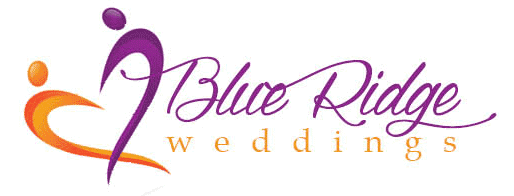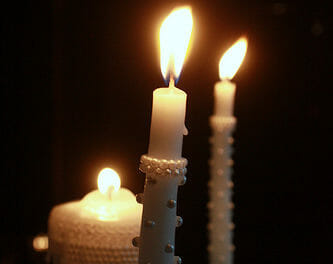Your Grandmother’s Marriage ceremony
There’s a number of interest in classic weddings in the present days, with shops catering to brides and featuring copies of vintage wedding ceremony gowns and different gadgets that sparkle with echoes from the past. The wedding fashions that set off your grandmother’s or great grandmother’s wedding had been outlined by the events of the time.
In the 1920s, your grandmothers in all probability adopted the brief coiffure that was named the “bob.” Whereas the hairstyle was all the fashion of the time, women wished to offset the pixie appearance that offered a boyish look.
Many changed their boyish look with a cloche or cap veils that fitted over their foreheads and fell down the again of the head in graceful folds. Often the veil went all the way to the floor. These caps had been often made simply from silk tulle initially, however grew to become extra embellished over time with Brussels lace, ribbons and metallic charms.
Opera length gloves that prolonged over the bride’s elbows became the custom within the Twenties, as did huge bouquets embellished with knotted ribbons. Bridal jewelry was typically a simple string of pearls. Bridal gowns have been pretty sedate during this decade and have been usually loose becoming within the chemise style.
The Roaring Twenties exploded the flamboyant headpiece fashionable with the flappers of the day. Not recognized for being fashionably sedate, flapper headpieces had been created from velvet, or leaves painted gold and silver and were actually fancy wreaths. Natural supplies were the popular accent for the wreath headpieces.
The Nineteen Thirties had been stuffed with glitter and glamour created by the display screen sirens of that new attraction, the movies.
Busty film stars were not afraid to indicate their cleavage and flaunt their sexuality. This disreputable behavior carried over from the Nineteen Twenties and, as most carryovers do, pushed the borders of decency past what the morality police could tolerate.
When the Hayes Code enforced their censorship, mainly targeted on the cleavage, costume designers draped their movie stars in flowing materials and took the brassieres off their stars. Slinky was in and the general public flocked to the film theaters to absorb the display glamour. Wedding robes of the day sparkled with sequins and the black and white film was a perfect framework to build their glamour.
Marriage ceremony gowns reflected the fashions audiences noticed on the silver screen. They hugged a girl’s body, displaying her curves. Most robes had long sleeves and fabric belts with large buckles, generally decorated with rhinestones that focused consideration on the bride’s slender waist. Hair kinds were soft with finger waves framing the bride’s face.
World Conflict II, within the Nineteen Forties, introduced in rationing, significantly for struggle effort materials. Rationing also restricted the clothing manufacturers and their regular abundance of fabric was decreased considerably.
Rayon grew to become the darling of bride’s conscious of silk rationing and the War effort. During WWII, silk was used for parachutes and cotton for navy uniforms and duffle bags. The wedding gown of the Forties also made use of a rayon satin material that highlighted the broad shoulders and slim waist that was the rage of that decade. Lace and different frills were often added to the yoke for additional decoration.
The hair style widespread with girls was the pompadour as a result of it saved the hair away from her face and out of the best way of the machinery in the event that they labored in wartime factories.
The film, “Gone With The Wind,” introduced back silk robes with sheer, puffy sleeves and hoop skirts. Slender hoops were typically worn beneath the bride’s robe to assist the heavy materials of the gown.
History definitely structured the wedding attire for brides in these volatile thirty years of change.
Visit WeddingTableLinens.net for more informations and ideas about weddings and marriages.


